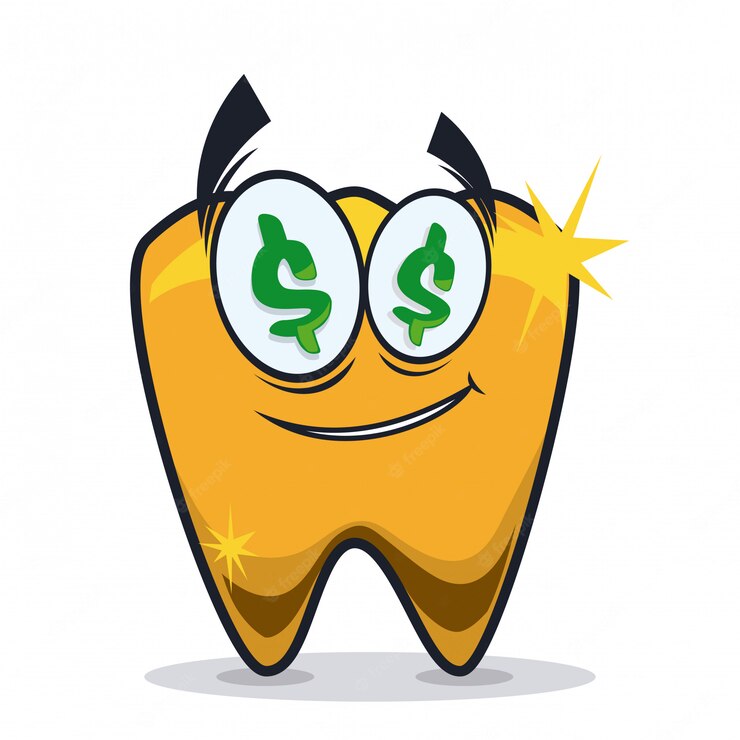

By Frank Travis
Nov 11, 2022
It is no big secret that dental practices are struggling with their collections, which can be frustrating for a dentist. Typically, a dentist performs a dental procedure, charges an appropriate fee and collects the payment. But this is not as easy as it may seem and needs to be handled with sensitivity and care. Openly discussing treatment costs can be delicate, especially when dental insurance benefits are complicated and confusing. However, clearly communicating what treatments are covered and what aren’t, gives a clear picture of what their out-of-pocket expenses would be. It is important to collect the patients’ out-of-pocket expenses upfront otherwise you will end up missing out on your revenue. The reason being, once the patient leaves the office, the chances of recovering the amount drops each month the account is past due.
Well, what can be done to improve dental collections? Managing accounts receivable in a dental practice can be challenging as it can get out of control anytime. If you are on the lookout for some practical tips to boost payment collections, improve patient payment experience and enhance you revenue cycle performance this blog is for you.
Proven tips for improving collections in a dental practice
1.Make it easier for them to pay :
According to the Federal Reserve check payments have fallen out of favor in the recent years and people prefer other modes of payment like cards and direct deposits. Provide contactless payment solutions. Text-to –pay and digital wallets are two convenient payment options that can be made available at their fingertips. This greatly helps dental practices receive payments prior to and even the same day.
2.Offer discounts :
Another easy way to boost collections is to offer discounts for payment in full on or before the date of service. As you can see, offering a discount of between 3 and 6% for payment in full goes far beyond cost savings. It not only reduces the risk of non-payment, but also helps build stronger patient relationships.
3.Provide interest-free payment plans :
Giving patients the option to pay off in increments would be appealing. As many patients find it difficult to come up with the cash for the dental procedures that don’t cover under their insurance plan, interest-free installments over a relatively short period of time can be provided for balances under $1000. When patients can’t pay outright, this option eases their burden by spreading the cost of dental treatment into convenient monthly payments.
4.Ensure friendly and regular follow-ups :
Failing to follow-up is a major mistake made by most of the dental practices. The key to efficient collection is to have a friendly and persistent follow-up strategy in place. The collection approach should be nudging not pushy and show empathy and not aggression. This not only ensures efficient collection but also ensures an exceptional patient experience.
5.Collect full payment upfront :
Collecting payment upfront is the best way to ensure that dentists get the money they owe from their patients. Making this a part of your practice’s culture not only saves a lot of time and effort but also increases the chances of getting paid. You can also offer a slight fee adjustment to those who pay upfront as an incentive.
6.Never accept post-dated checks :
It’s always not a good idea to accept a post-dated check. They cost money in case they bounce. Issuing a post-dated check may be a convenient option for your patient but it doesn’t help your dental practice in any way.
7.Offer in-house membership plans :
In-house membership plans provide patients access to simple, affordable and comprehensive oral care coverage, without the insurance middlemen. Patients pay a monthly or yearly fee for preventive care. This not only helps to reduce your accounts receivable balance but also ensures a steady recurring revenue stream for your practice.
8.Clearly define payment policies :
As a dentist you understand patient expectations and strive to improve patient satisfaction and provide the best quality care. In the same way, you should also set clear expectations upfront by creating a payment policy. It should clearly define when to expect payments, when to send out statements, payment methods, financing options and payment terms for overdue payments.
9.Take advantage of technology :
Make use of the tools and technology to ensure a healthy patient collection process. Using up-to-date billing software speeds up the collection process and enhances the profitability of your dental practice. With the help of the electronic billing software, patients can log into their accounts, review the bills and pay at their convenience. Dental billing software has everything you need to optimize your collections – from sending reminders to providing simplified billing statements.
10.Choose to outsource :
Handling collections is not only time-consuming and laborious, but also emotionally draining. It takes up much of your time that could otherwise be spent on treating patients, building a loyal patient base or other activities focused on improving your bottom line. A professional company like Scribe4Me will have the tools, technology and resources to handle collections effectively, allowing you to spend more time on patient care.
Ensuring timely payment collections is a major source of frustration for many dental practices out there. Unpaid and delayed payments can decrease cash flow to your practice and disrupt your revenue cycle management. The above discussed tips can greatly help to improve collections and cash flow to your dental practice. You can also seek help from the billing experts Scribe4Me who have been helping dental practices across the US to streamline their payment collection process and ensure better collection rates. To know more about how Scribe4Me can speed up your cash flow and drive up your accounts receivable send in your email enquiry to [email protected]

Please fill out this form.
We will reach out to you within 24 hours

Frank Travis

Frank Travis

Documentation is an important daily clinical responsibility. In order to optimize patient care, physicians are always on the lookout for new ways to effectively and efficiently document patient visits.
The use of virtual medical scribes has become increasingly popular in the recent years, as medical practices across the country are on the constant lookout for ways to reduce clinical documentation overload, thereby improving overall productivity.
The clerical burden associated with EHR usage is attributed as the number one cause of physician burnout. We also know that physicians spend twice as much time on EHRs and other clerical tasks compared to the time providing patient care.